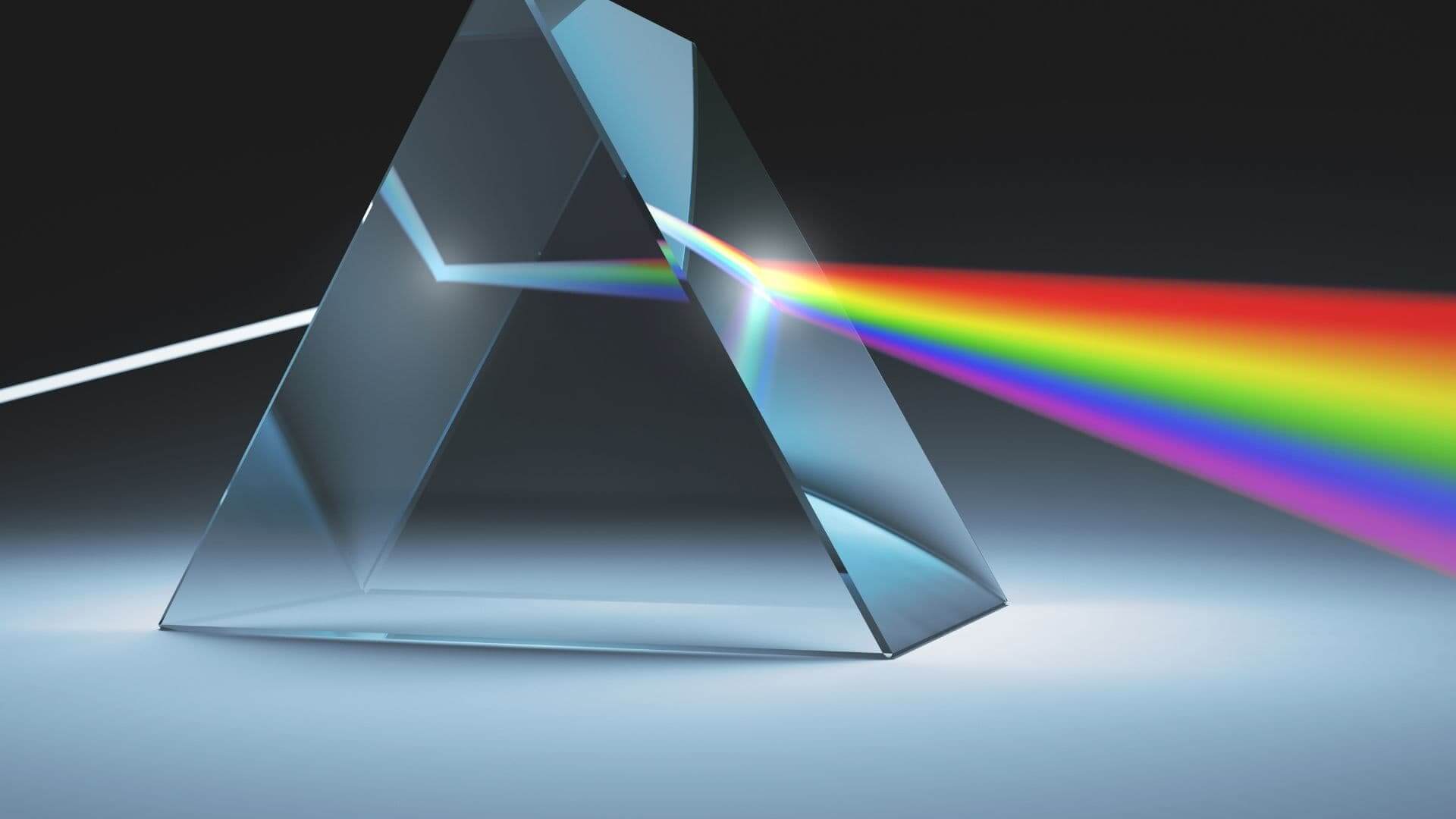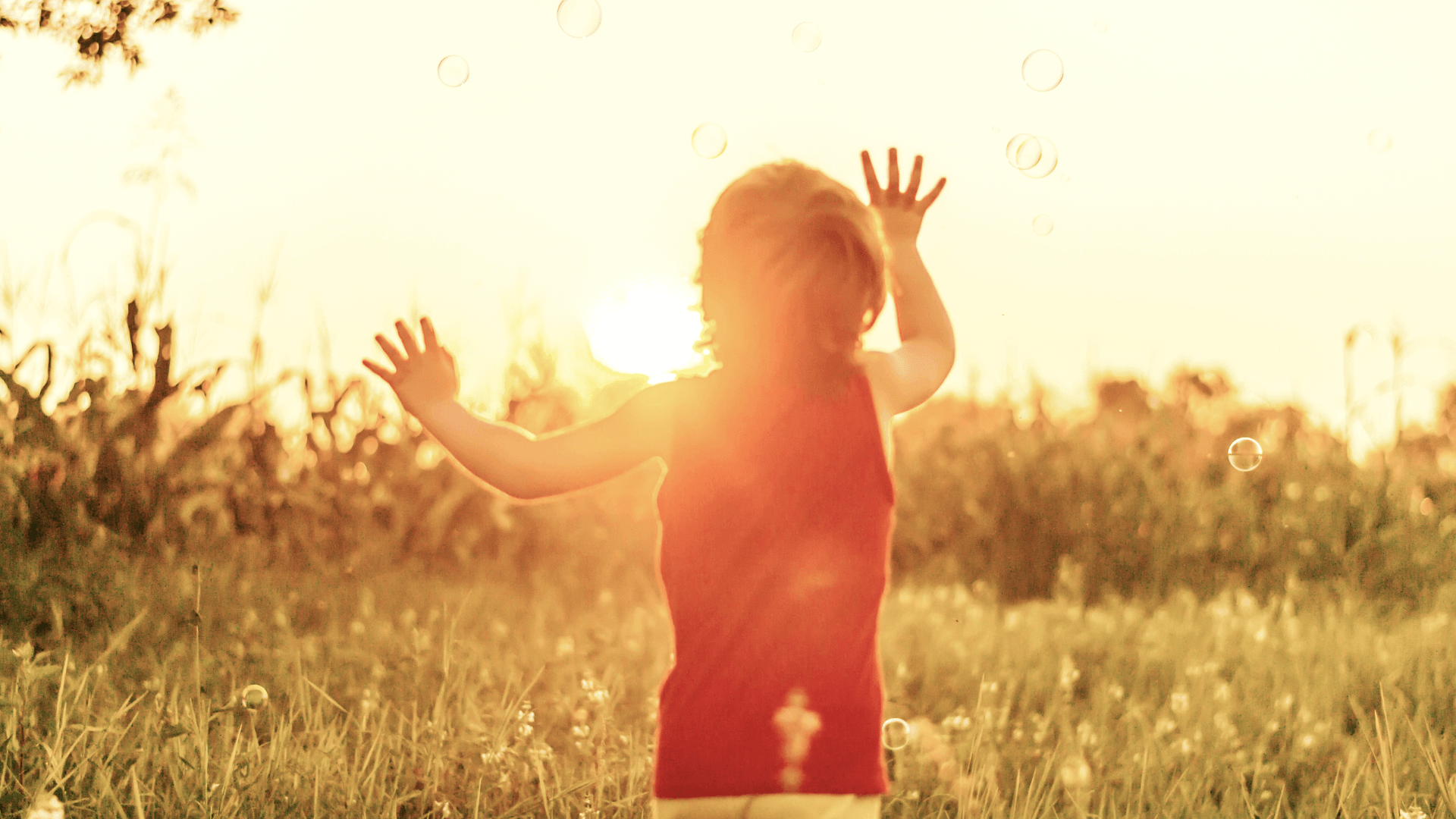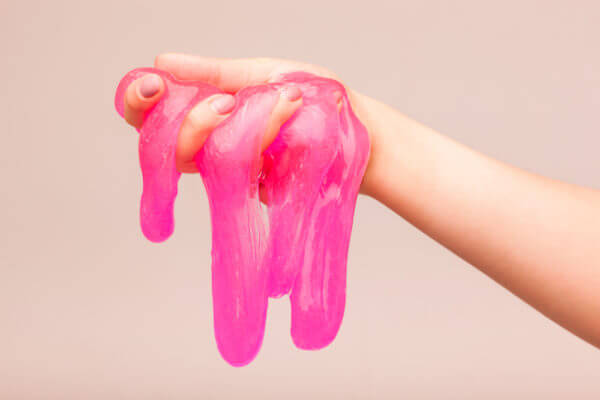Who doesn't love the amazing scenes of sunset and sunrise? This is one of the most amazing times of the day; the sun leaves the sky with marvelous red and orange colors. But the question is, why does the sky turn red and orange during sunset?
Contents
Different Colors And The Spectrum Of Light
The light of the sun is actually white. Why is that? If you send white light through a prism, it is split into 7 colors. These seven colors are light spectrums that we also see in a rainbow.

We can see all of the colors of red, orange, yellow, blue, and violet except indigo with our eyes. This is an important phenomenon because we all see these colors when white light reflects at different wavelengths.
So white light is divided into 7 colors and defines the colors based on wavelengths. Each color we see has a wavelength, including the sunset. The wavelength of red, green, orange, and yellow is longer than all the blue colors —the light travels in a straight line with different wavelengths of the whole spectrum of colors.
Light And The Atmosphere Of The Earth
The composition of Earth's atmosphere determines the colors of sunrise and sunset. Since the Earth's atmosphere is made of gasses, water molecules, and dust particles, they are responsible for the colors you see all around you.
When the light reaches the atmosphere of Earth, it will start interacting with the molecules of gases, vapors, dust particles, and anything in the air, and as there are many tiny particles in the air, the white light will keep bouncing.
The light's bouncing process is called scattering, and it depends on the size of the molecule that scattered the light, not the wavelength of the spectrum. The larger molecules will scatter the blues, and smaller particles will scatter the red and orange.
Earth's atmosphere is mostly made up of oxygen and nitrogen molecules, and they are the largest molecules we can find in the air. These molecules will scatter the blues leaving the red and orange in the sky, making the sky red and orange. So the reason why we see red sky at sunset is due to the wide scattering of blue colors that leaves the red and orange colors on the sky.

Why Does The Color Change From Blue To Red Around Sunset?
The sun is low in the sky during sunrise and sunset. That also means that the rays of the low sun have to travel a longer way through the atmosphere to get to us. This extra-long path through the atmosphere ensures even more diffusion of the blue light and still little diffusion of red light. As soon as the light reaches us, so much blue light has already been scattered that you will first see a golden yellow color and later only red.
Why Do We See Different Shades Of Red, Orange, And Yellow When The Sky Is Cloudy?
If there are clouds in the sky, they will reflect these colors from the water and ice particles in the clouds. The clouds also absorb the short-wavelength colors that again leave the sky with red and orange shades to see.
If the air is dry, clear and clean, you often only see a yellow-orange or orange-red glow around the sun.
Dust And Pollution
Dust and pollution are large particles in the lower atmosphere. They tend to mute and muddy colors because they absorb more light and distribute all wavelengths more or less evenly, so you don't get the dramatic effect. Usually, you don't see the kinds of bright red sunsets in places with a lot of haze.
Is The Sun Already Gone By The Time We See A Sunset?
Yes, the true sunset is a few minutes before you see the sun vanish. What you see is a kind of an optical illusion; the light is bent around the horizon by the effect of refraction.
[Experiment] Create Your Own Orange Sunset At Home
We are going to imitate an orange sunset with a lamp or flashlight, a glass container with water and milk. The lamp is the sun, the water is the atmosphere and dust particles are created by the milk.
Create a setup where the flashlight light shines through the center of the pot. Drip and stir a little milk into the water at a time. You can see that the water is becoming cloudy. How much milk do you need to add before the flashlight is orange?
The milk particles in the water spread the light in the same way as dust particles do in the atmosphere (the air) with the sunlight. The dust particles mainly spread blue light. Red light is not diffused.
The more milk particles the light encounters, the bluer the water becomes. The light itself turns more and more orange to red.
If you repeat this test in the dark, you can also see the blue light on the side of the box.
As a parent of a five-year-old inquisitive boy, I have gained a lot of experience finding fun activities and toys to help him understand science and understanding our world in general. On this blog, you’ll find an extensive amount of tutorials, guides, and toys about Science, Technology, Engineering, and Math based on my personal experience to help your child develop critical STEM skills.






